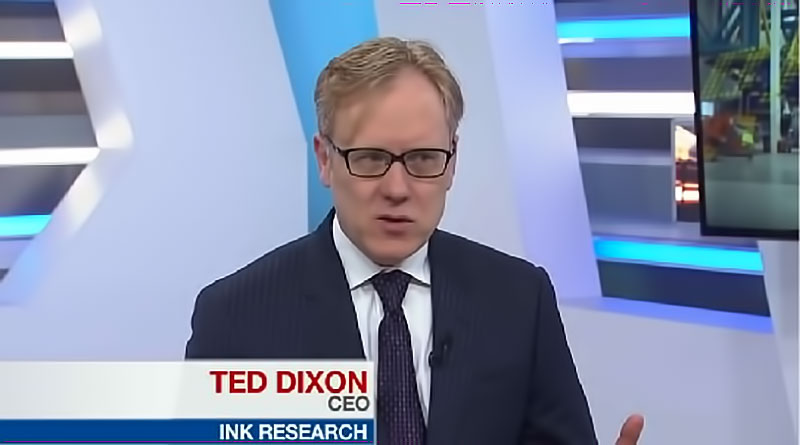Bond yields surged last week, putting some dividend-rich stocks (utilities, REITs) in a very vulnerable position. Could this be the end of their rally?
Equities rose last week as the U.S. played a bit of catch-up with international markets. A particularly strong U.S. jobs report confirmed the economy continues to improve, but also demonstrated that some areas of the stock market, such as utilities and real estate investment trusts (REITs), are much more vulnerable to an increase in interest rates. Bonds sold off throughout the week, and a rise in yields could put an end to the rally in dividend-yielding stocks. Read more about that in my weekly commentary.
M&A Helps, But Headwinds Persist. Increased mergers-and-acquisitions activity helped support the stock rally despite the fact that the U.S. earnings season continues to be a bit of a disappointment. Although earnings per share (EPS) growth through January 30 is tracking a bit better than forecast, EPS estimates for the first and second quarters have declined from December projections.
The impact of a stronger dollar is likely to remain a hurdle for earnings, but U.S. equities are also contending with high relative valuations and a likely increase in interest rates by the Federal Reserve (Fed) in the second half of this year. As a result, U.S. stocks are still trailing both international developed and emerging markets year-to-date.
In particular, European stocks performed strongly, which was partly fueled by the European Central Bank’s recently announced quantitative easing program, but we are seeing signs of improved economic growth as well.
Beware the Bond Market Proxies. U.S. bonds have been rallying for several months, but that came to an abrupt end last week as the yield on the 10-year U.S. Treasury bond rose to 1.95% while two-year yields surged from 0.49% to nearly 0.65%. As bond yields surged on Friday, high-yielding segments of the equity market such as utilities and REITs came under the most pressure, which shows that it won’t take much of a rise in yields to derail their rally.
After a relentless search for yield, investors have piled into dividend-yielding, defensive stocks, or what we call “bond market proxies,” making many such segments extremely expensive. Before last week, utility companies were trading at a 7% premium to the broader market, a big change from their typical 20% discount. For a mostly regulated sector with low profit margins, a premium of that size only makes sense in the context of ultra-low interest rates. Utility stocks, which rallied sharply last year, were down over 4% last week.
The Bottom Line. We expect long-term interest rates will rise this year, if only modestly. Ultra-low yields overseas will continue to keep demand for U.S. bonds up, supporting their prices and exerting some downward pressure on long-term rates. But even if rates remain relatively low, the bond market proxy sectors look extremely vulnerable, as their valuations are highly sensitive to increases in interest rates. Given this dynamic, we’d continue to focus on more cyclical, less rate-sensitive segments of the U.S. equity market: technology, financials and integrated oil companies.
Source: Bloomberg
Russ Koesterich, CFA, is the Chief Investment Strategist for BlackRock. He is a regular contributor to The Blog and you can find more of his posts here.
This material represents an assessment of the market environment at a specific time and is not intended to be a forecast of future events or a guarantee of future results. This information should not be relied upon by the reader as research or investment advice regarding the funds or any security in particular.
©2015 BlackRock, Inc. All rights reserved. iSHARES and BLACKROCK are registered trademarks of BlackRock, Inc., or its subsidiaries. All other marks are the property of their respective owners.
iS-14734
Copyright © Blackrock














